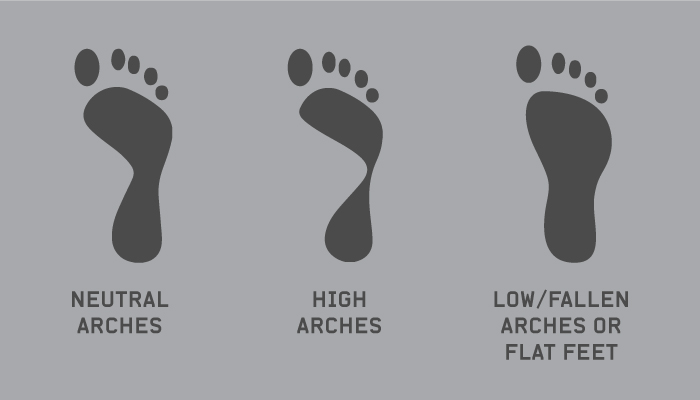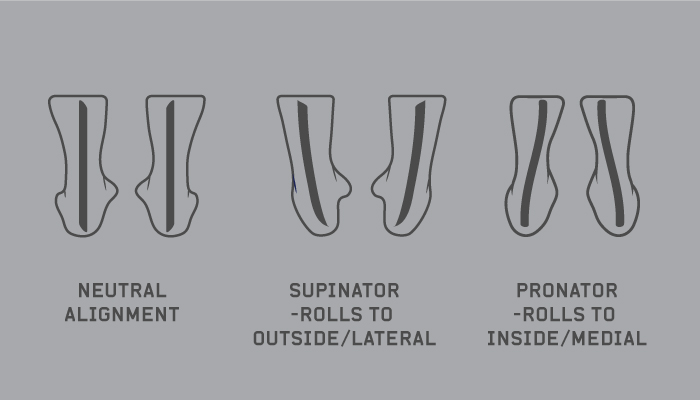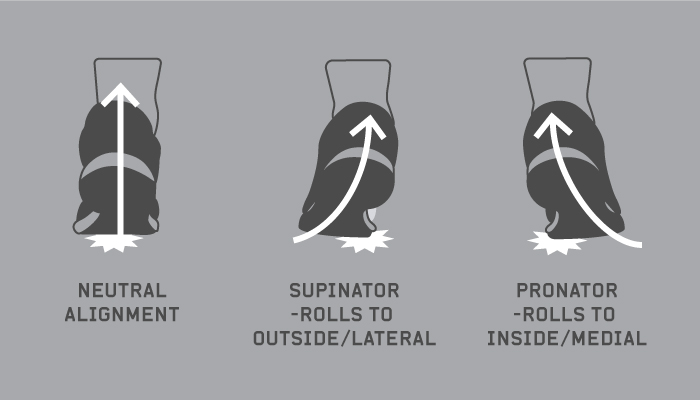SSS Team, SSSPORTS.COM

So you’ve always wanted to get into running, but somehow you never have the time, or something else comes up — or maybe you’re just not very good at it. Well there’s certainly room for improvement and we can provide tips and suggestions to help you along the way. Make 2016 the year to get your running shoes on and get yourself motivated and moving in the right direction.
Follow our Running Series which takes you through all the steps you need to find your stride and make running part of your daily routine. We’ll show you the best local tracks to hit and ideas about what to wear to keep you motivated at every step of the way. You’ll need to practice your personal pace, to listen to your natural breath pattern and mix your running routine with training elements to target and strengthen particular muscle groups that will maintain your stamina for your running session. We start the series with one of the most important points: the shoes.
Picking a pair of running shoes is more than just finding a comfortable fit when you’re trying them on. There are plenty of elements in a running shoe that come alive when you start running, and if they’re not in tune with your stride, cadence or foot shape then over time, you could end up with a poor running form — sabotaging your performance and exposing your feet to potential injury. With all the different features and technologies available — from ‘super-cushioned’ to ‘motion control’, choosing the right pair is definitely no walk in the park. So whether you’re a pavement stomper or a treadmill pace-setter, here are 4 steps to keep in mind when finding the right pair of running shoes. Check out the video below and read on to find the right shoe to fit your running style.

There are many different foot types, but most of them fall into the following 3 categories: low, neutral and high-arched. To find out which foot type you have, a simple 2-step Wet Test will help you determine the style of running shoes you should be looking out for.
Now that you’ve identified your foot type, the next step is understanding what shoe you need.

Think of your arches as the pillars of your running form; with the right shoes supporting your feet you will maximise your running potential and stave off the aches and pains. So here are some tips to help you with your next purchase.
Neutral arches: Those with neutral foot types have arches that process the impact of foot strikes well. This means both the heels and the front of the feet absorb the shock equally, thus you’re safe to wear a wide variety of running shoes – as long as they fit you comfortably.
High arches: Runners with high arches need the most cushioned support, particularly in the midsole to give that extra support while running — this reduces the strain on the toes and ankles. Look for shoe technologies that offer a more cushioned feel and flexible motion, such as the Nike Lunar, Under Armour Charged Cushioning, adidas Springblade, or the Puma IGNITE foam. Such features will not only promote your natural stride, they will absorb the shock incurred when your foot strikes the ground whether you’re walking or running.
Low/Fallen arches or Flat feet: For those lacking the arches, the stress racked up while running tends to travel through the feet to the legs, resulting in a wider scope of injuries if the shoes do not fit correctly. Pick footwear that offers more structure and a sense of buoyancy through motion control and stability-control technologies, particularly in the heel and the front. Shoes to choose include the Nike Free, adidas Sequence Boost, Under Armour Micro G, or the FAAS Engineered Stability Zone technology by Puma. Look for a wider toe box to accommodate the natural expansion of your feet as they strike the ground.

Pronation describes the way your foot rolls inwards to absorb the shock when you walk or run. While your arches provide the tell-tale signs, each runner has a distinctive running style which means some will pronate more than others. Determine whether you overpronate, supinate (roll your feet outwards), or if your feet are positioned more neutrally.
Neutral arches = Normal pronation: For those with neutral arches, your feet are positioned to evenly distribute the shock or impact, which means the initial contact of your feet with the ground begins with the outside part of the heel before rolling inwards. So when it comes to having your pick of running shoes, the room for choice is more plentiful.
High arches = Supination/Underpronation: Runners with high arches tend to supinate the foot, which puts more stress on the outer portions of the sole. One way to spot if you typically underpronate is by examining the areas of wear and tear on your other shoes, as you will find that the outer part of the soles are likely to be worn out and weathered. So look for shoes with plenty of cushioning to soften the blow every time your foot strikes the ground.
Low arches/Flat feet = Overpronation: With low arches or flat feet, overpronation tends to occur, which is the excessive inward rolling of the feet. Similar to underpronation, runners with low arches can spot the wear and tear on shoes at the innermost part of the sole. To combat this issue, look for shoes that offer structure and form to absorb the shock.
Do away with shoe bites and blisters by wearing a running shoe that fits you perfectly. The best way to find an optimal fit is to slide your index finger between your heel and the shoe; a good, snug fit is what you are looking for.
A pair of running shoes that supports your natural stride is essential to moving comfortably, particularly for long distances. Choosing a shoe that flexes the same way that you do will help to prevent strains, heel pain and shin splints. To determine the right fit for you, start by bending the shoe while holding the heel and the forefoot; the point where the shoe flexes should line up with the widest part of your foot.
Now that you’re equipped with all the tips you need for buying the right running shoe for you, set the pace and go far comfortably on your next sprint.
Stay tuned for the remaining features in the series by signing up to the Sun & Sand Sports newsletter:
Dubai is more than just its stunning skyscrapers and luxurious lifestyle. It’s quickly becoming a…